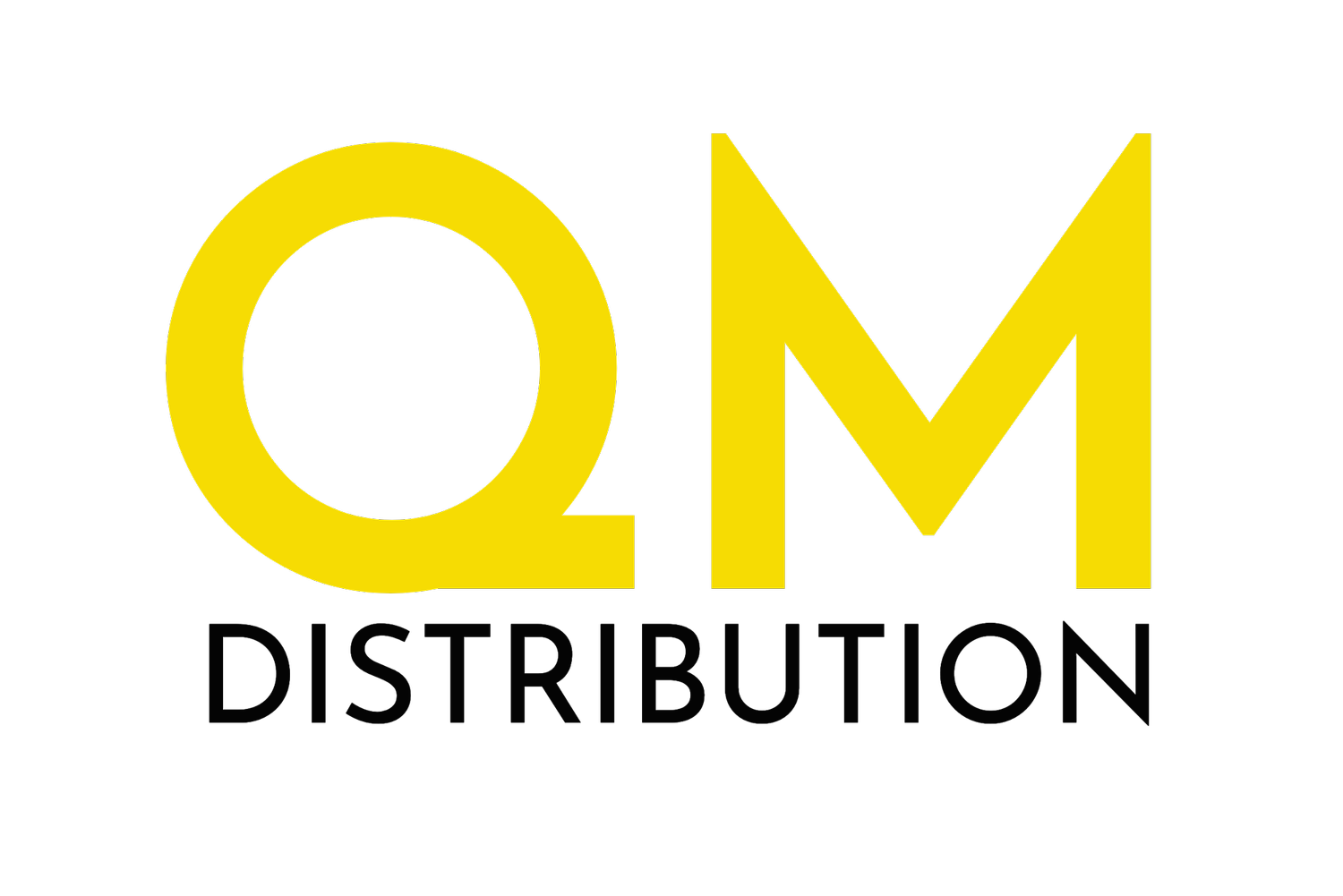How to Choose the Right Card Reader for Your Needs
In the rapidly evolving landscape of payment solutions, selecting the right card reader is crucial for businesses aiming to enhance customer experience and streamline transactions. According to a recent report by Grand View Research, the global card reader market is expected to reach $31.2 billion by 2025, driven by the growing demand for efficient, contactless payment methods. As customers increasingly prioritize convenience and security, small businesses must consider various factors when choosing a card reader, including compatibility, transaction fees, and processing speed. With the proliferation of digital wallets and mobile payments, understanding the specific needs of your business and customers is essential in navigating the array of options available. This guide will help you identify the key considerations that will lead you to the perfect card reader tailored to your requirements.
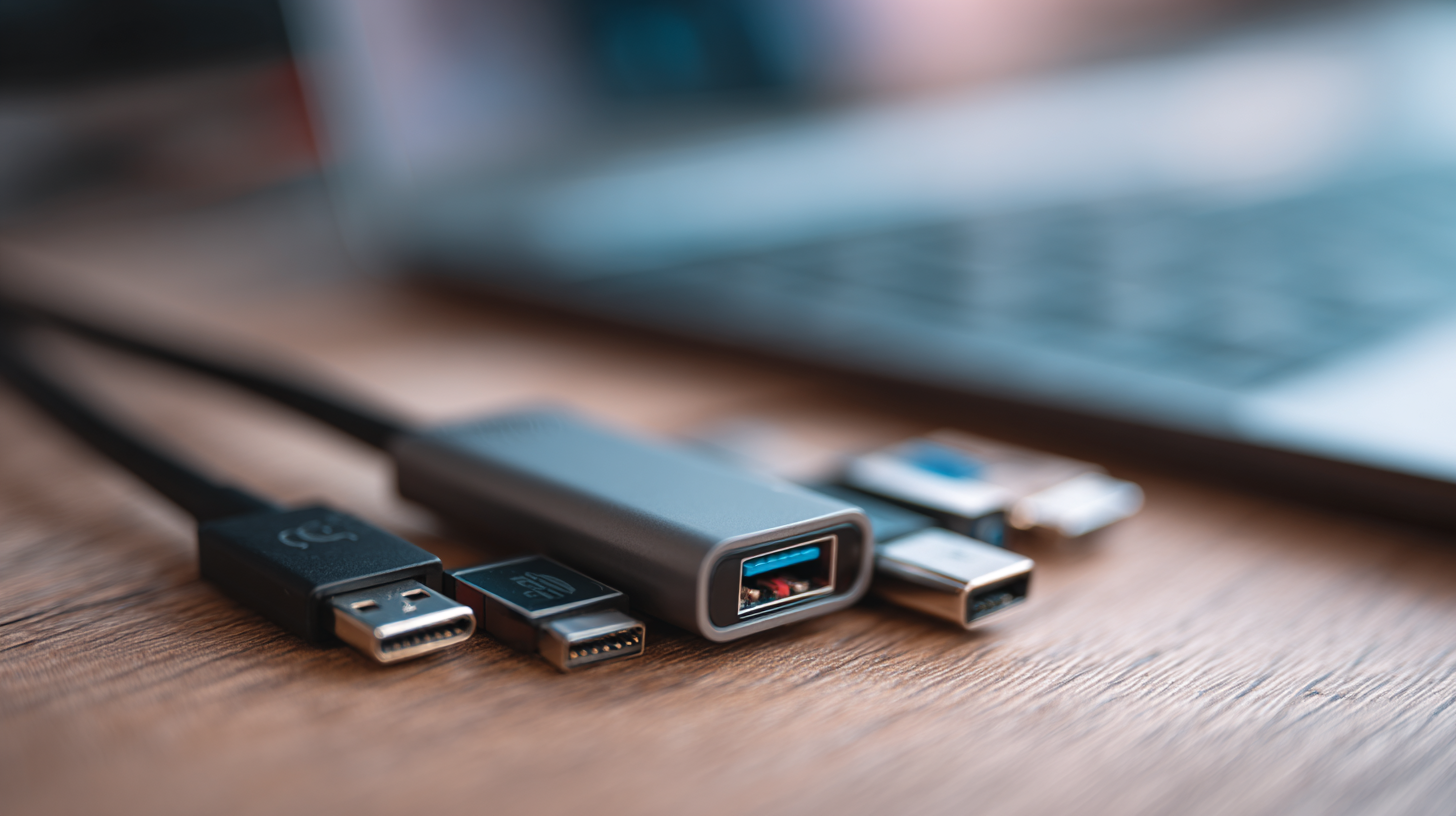
Understanding Different Types of Card Readers Available on the Market
When selecting a card reader, it's essential to understand the various types available on the market to find the perfect fit for your needs. The most common types include USB card readers, wireless card readers, and built-in card readers, each with distinct advantages. According to a report from IDC, the demand for mobile card readers has increased significantly, with a market growth of approximately 25% year-over-year. This trend highlights the importance of portability and convenience in today's fast-paced world.
In addition to these types, it's also crucial to consider compatibility with different card formats such as SD, microSD, and CF cards. A versatile card reader can handle multiple formats, making it useful for photographers and videographers who work with various devices. TIP: Ensure that the card reader you choose supports the maximum speed of your cards, as using a slower reader can bottleneck performance and hinder data transfer speeds.
Another essential aspect to factor in is connectivity. While USB card readers offer reliability, wireless options provide convenience for mobile devices. A recent survey revealed that nearly 40% of users prefer wireless card readers for their ease of use and flexibility. TIP: Look for card readers that feature both USB and wireless options to maximize compatibility with all your devices.
Identifying Your Specific Card Types and Formats Requirements
When selecting a card reader, understanding the specific types and formats of the cards you intend to use is crucial. Different devices support various card types — from SD and microSD cards typically used in cameras, to USB flash drives that are common for file transfers. Assess what kind of cards you will primarily work with, as this will direct your choice towards a reader that can accommodate those formats.
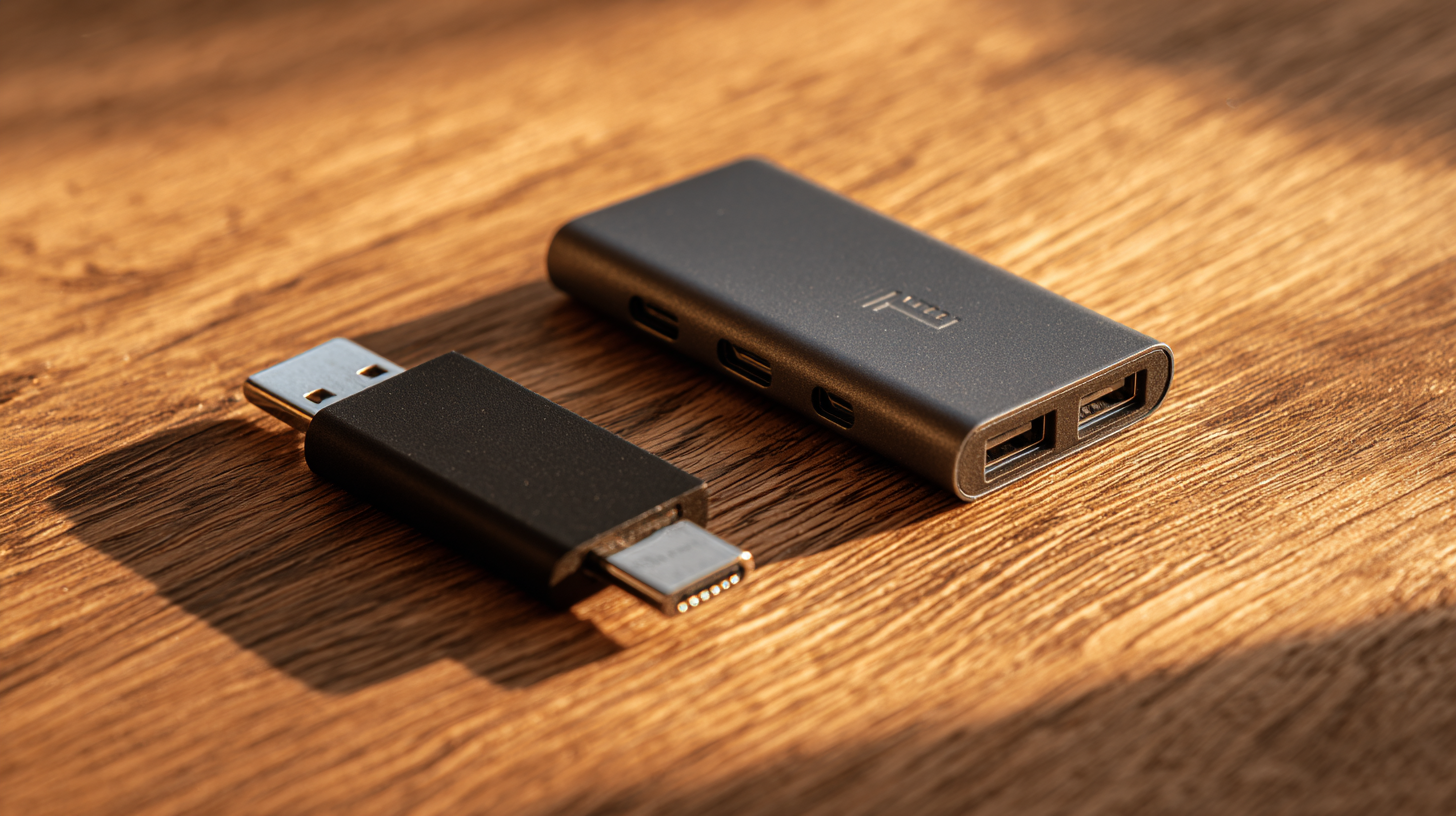
Moreover, it's essential to consider the file system formats of your cards, such as FAT32, exFAT, or NTFS, as not all readers support every format. If you frequently deal with high-capacity cards or require fast read and write speeds for larger files, seeking a card reader that supports these specifications is important. Thus, by identifying your specific card types and format requirements, you can ensure that your chosen card reader will cater to your needs effectively and enhance your overall data transfer experience.
Evaluating Connectivity Options: USB, Wireless, and Beyond
When selecting the right card reader for your needs, one of the most critical factors to consider is the connectivity options available. USB card readers are popular for their simplicity and reliability, easily connecting to computers and laptops without the need for additional software. They typically offer fast data transfer speeds, making them an excellent choice for users who frequently download and transfer large files. However, it's essential to ensure compatibility with your devices, as newer computers may have different types of USB ports.
On the other hand, wireless card readers provide greater flexibility and convenience, allowing you to connect your reader to multiple devices without being tethered by cables. This is especially beneficial for users who prefer to work with smartphones and tablets. Wireless models often include features such as mobile app compatibility, enabling seamless access to files stored on memory cards from anywhere in your home or office. Additionally, some advanced readers now offer cloud integration, giving users the ability to back up and share their files effortlessly. Ultimately, evaluating these connectivity options will help you choose a card reader that best fits your lifestyle and workflow.
Connectivity Options for Card Readers
Assessing Speed and Performance for Your Usage Needs
When choosing the right card reader, assessing speed and performance should be your primary consideration, particularly if you're handling large files or require quick data transfers. According to a report from the SD Association, the newest SD Express cards can reach speeds of up to 985 MB/s, which significantly enhances the efficiency of high-performance card readers designed to maximize these speeds. Choosing a card reader that supports these advanced specifications can drastically reduce time spent on data transfer, especially for photographers and videographers who often work with high-resolution images and 4K videos.
Furthermore, compatibility is crucial when evaluating reader performance. The latest USB standards, such as USB 3.2, offer enhanced throughput, allowing for faster reading and writing speeds. A study by the Consumer Technology Association (CTA) highlights that proper reader selection can increase data transfer rates by over 300% compared to older USB 2.0 interfaces. Therefore, for users who frequently transfer large amounts of data, investing in a reader that operates on newer technology can not only save time but also improve overall workflow efficiency.
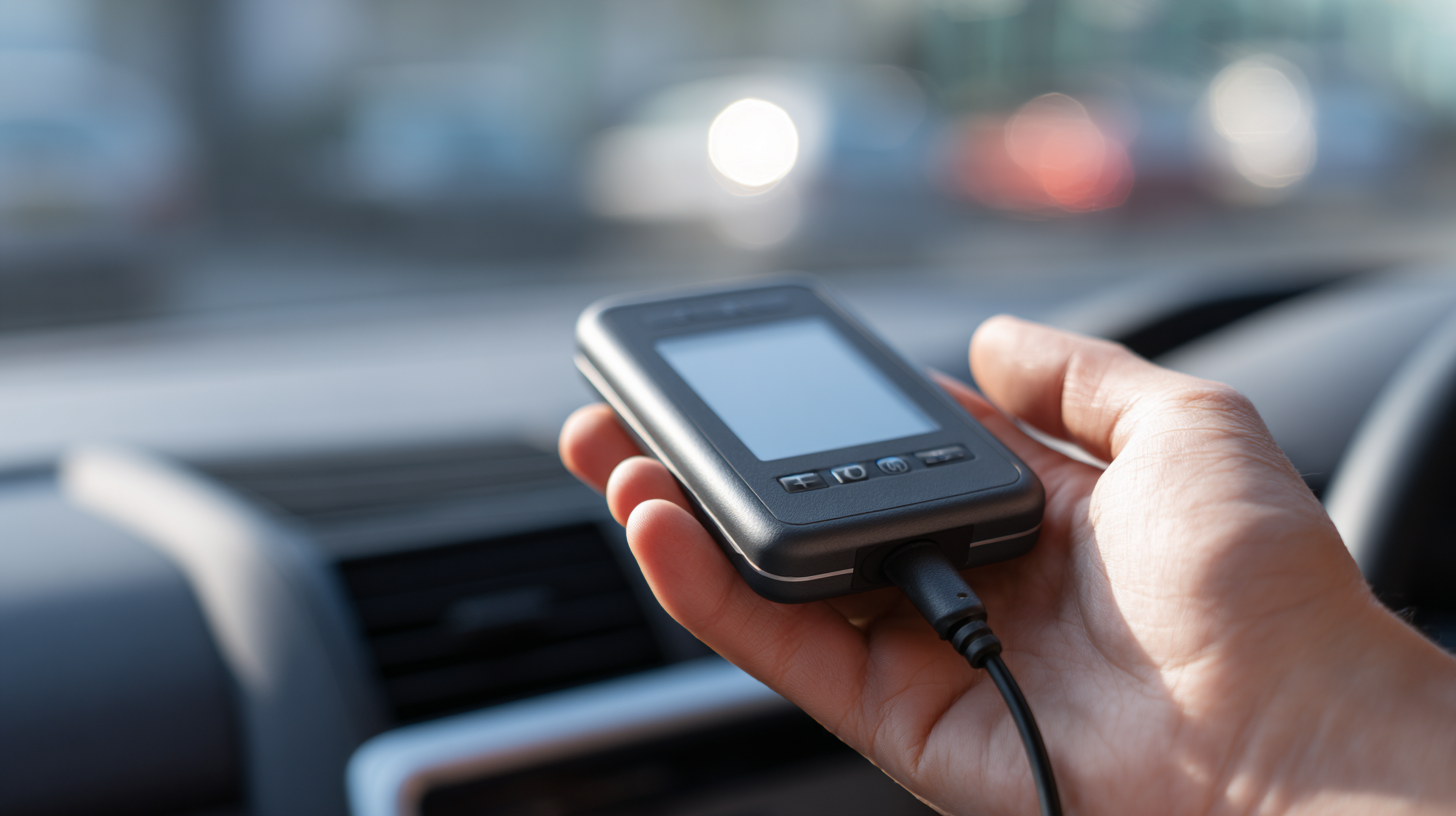
Considering Portability and Design Features for Ease of Use
When selecting a card reader, portability and design features play a crucial role in enhancing user experience. A compact, lightweight card reader is ideal for those who often travel or work on-the-go. These models can easily fit into a laptop bag or pocket, making them convenient for capturing memories during vacations or while attending events. Look for readers that prioritize portability without sacrificing functionality, as some may offer multiple card formats and fast data transfer speeds despite their small size.
Design features also significantly impact ease of use. An ergonomic design with an intuitive layout makes it easier to insert cards and connect to devices, reducing the frustration that often accompanies tech gadgets. Consider card readers with user-friendly interfaces, such as clear LED indicators that show connection status, or built-in cable storage to prevent tangling. Additionally, selecting a card reader with sturdy materials can ensure durability, providing peace of mind during frequent handling. Selecting the right combination of portability and thoughtful design ensures a seamless and efficient experience when managing your digital files.
Related Posts
-

5 Essential Tips for Finding the Best Vending Machine Locations Worldwide
-
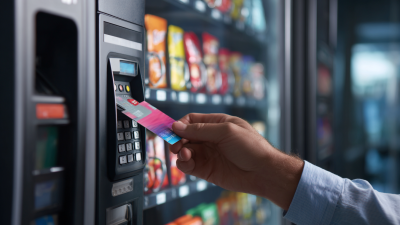
7 Tips to Optimize Your Card Reader for Vending Machine Success
-

7 Essential Tips for Choosing Your Perfect Drink Machines
-
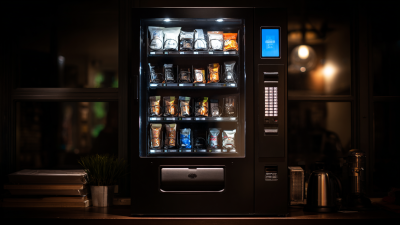
How to Choose the Best Coffee Vending Machine with Card Reader for Your Business
-
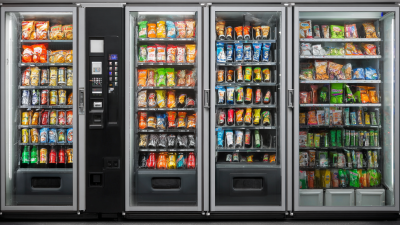
7 Smart Tips for Optimizing Your Snack and Drink Vending Machine Business
-
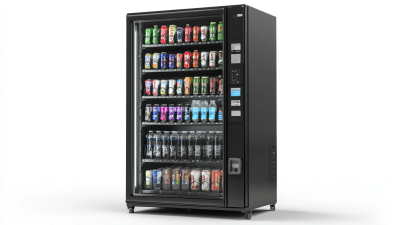
7 Best Refrigerated Vending Machines for 2023: Boost Sales with Smart Technology!
